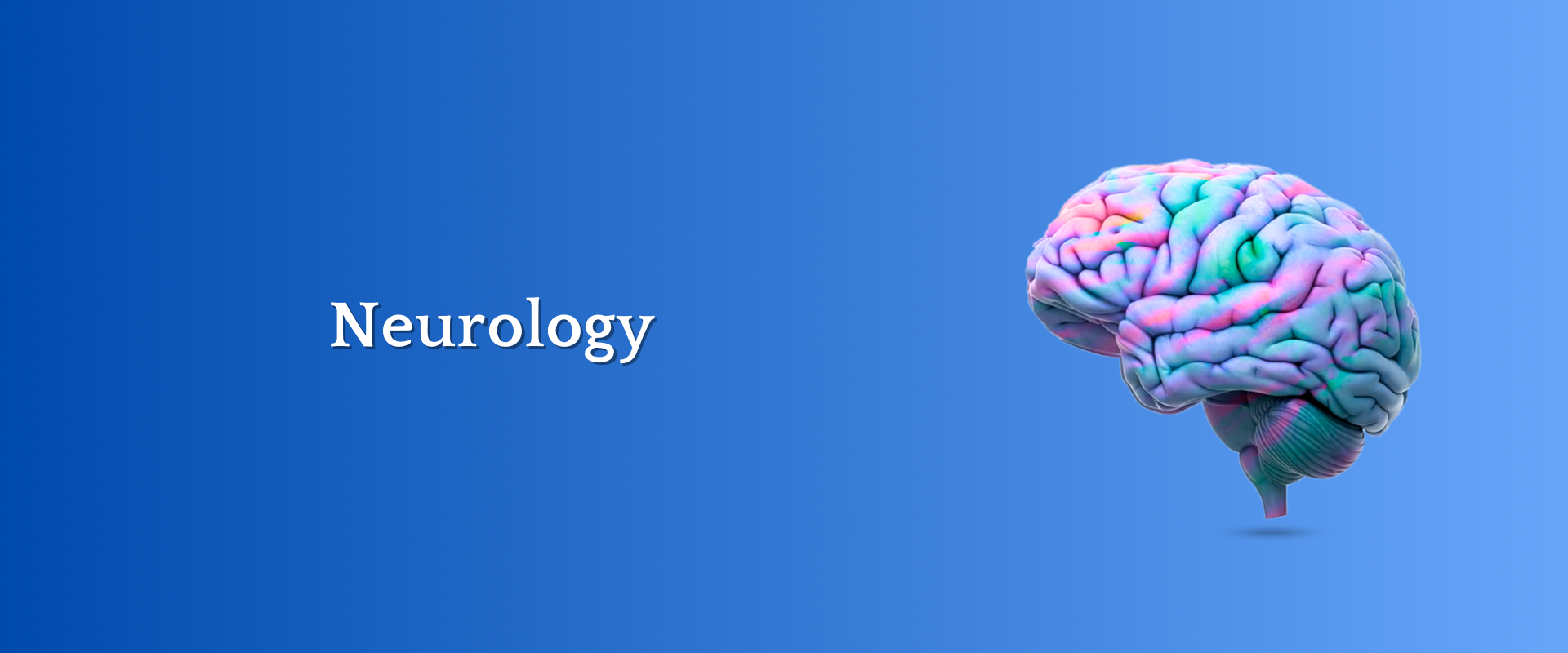Neurology treatments encompass a wide range of therapies and interventions aimed at managing neurological disorders, which affect the brain, spinal cord, and nerves. The specific treatment approach depends on the type and severity of the condition. Here are some common neurological treatments:
1. Medications
- Antiepileptics: Used to manage epilepsy and prevent seizures.
- Antidepressants: Often prescribed for neurological conditions that have associated mood disorders.
- Antipsychotics: Used for severe mental health conditions that impact neurological function.
- Muscle relaxants: For conditions like multiple sclerosis (MS) and spasticity.
- Pain relievers: Including non-steroidal anti-inflammatory drugs (NSAIDs) and opioids for neuropathic pain.
- Corticosteroids: Used to reduce inflammation in conditions like MS and myasthenia gravis.
2. Surgical Interventions
- Deep Brain Stimulation (DBS): Used for movement disorders such as Parkinson’s disease and dystonia.
- Vagus Nerve Stimulation (VNS): For epilepsy and depression that is resistant to other treatments.
Neurosurgery: Including tumor removal, repair of aneurysms, and treatment of traumatic brain injuries.
3. Therapies
- Physical Therapy: Helps improve mobility and function in patients with neurological impairments.
- Occupational Therapy: Assists patients in performing daily activities and improving their quality of life.
- Speech Therapy: For patients with speech and swallowing difficulties.
- Cognitive Behavioral Therapy (CBT): Often used for psychological aspects of neurological disorders.
4. Non-invasive Techniques
- Transcranial Magnetic Stimulation (TMS): Used for depression and other neurological conditions.
- Electroconvulsive Therapy (ECT): Primarily for severe depression that is unresponsive to other treatments.
5. Lifestyle and Dietary Modifications
- Exercise: Regular physical activity can improve overall neurological health.
- Diet: Special diets like ketogenic diets for epilepsy.
Stress Management: Techniques like mindfulness and relaxation exercises to manage symptoms.
6. Innovative and Experimental Treatments
- Stem Cell Therapy: Research is ongoing into its potential for treating conditions like MS and Parkinson’s disease.
- Gene Therapy: Experimental treatments targeting genetic causes of neurological diseases.
- Neurorehabilitation: Advanced programs combining multiple therapies for recovery post-stroke or injury.
7. Assistive Devices
- Braces and Orthotics: To support movement.
- Communication Devices: For patients with severe speech impairments.
Mobility Aids: Such as wheelchairs and walkers.
8. Pain Management Programs
Comprehensive programs that might include medication, physical therapy, and psychological support for managing chronic pain conditions like fibromyalgia and neuropathy.
9. Alternative and Complementary Therapies
- Acupuncture: Used for pain management and other neurological symptoms.
- Chiropractic Care: For certain musculoskeletal issues.
- Herbal Supplements: Such as those used for cognitive enhancement or anxiety.
Conclusion
Neurology treatments are diverse and tailored to the individual needs of the patient, often involving a multidisciplinary approach to manage symptoms and improve quality of life. It’s essential for patients to work closely with their neurologist and healthcare team to develop the most effective treatment plan.
